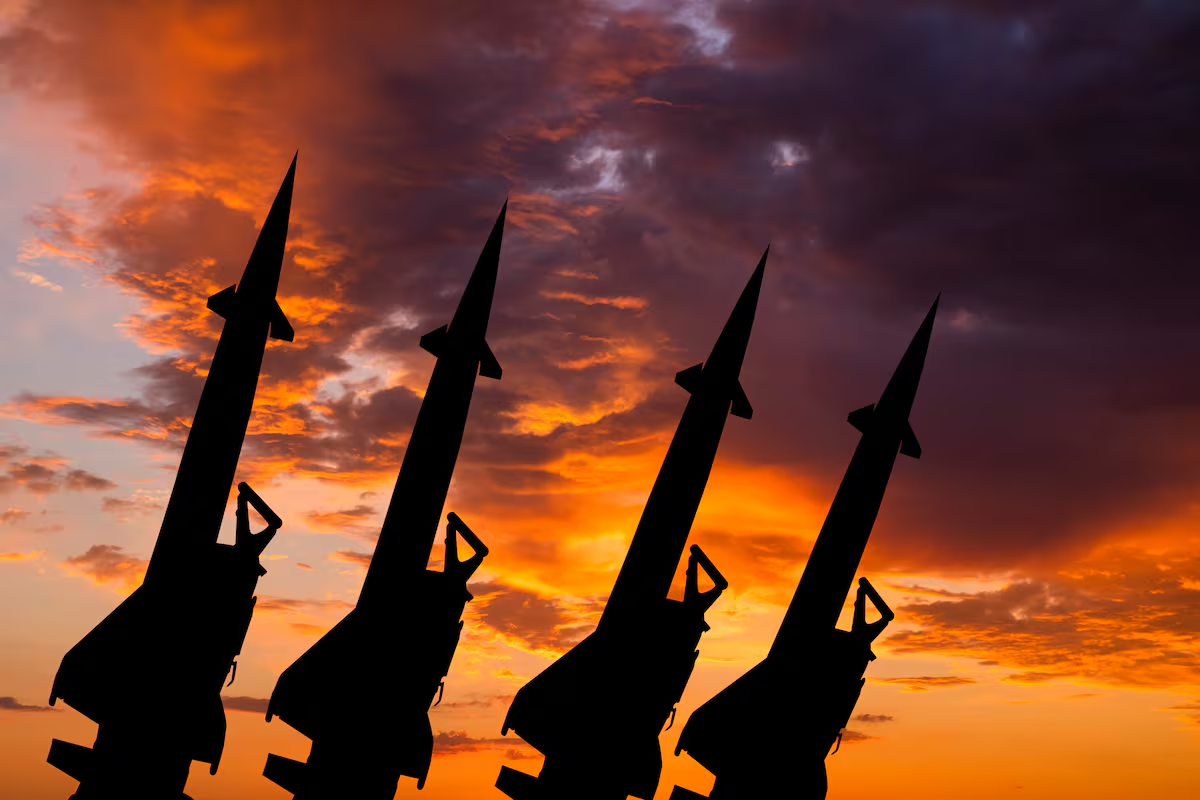
The United States tested a Minuteman III intercontinental ballistic missile (ICBM) on Wednesday, according to the Department of Defense. The projectile was not armed and its launch had been planned years in advance, he said. This is the first test of one of these projectiles, capable of carrying up to three nuclear warheads, since President Donald Trump announced last week that the United States would resume nuclear tests for the first time since 1992.
The test was carried out at the US space base in Vandenberg, California, to verify “the reliability, operational availability and accuracy of the ICBM system, the pillar of the US national defense”, indicates a statement from the base, the usual place where these routine launches are carried out.
“This is not just a launch. This is a comprehensive evaluation to verify and validate the ICBM system’s ability to accomplish its critical mission,” said testing squadron commander Lt. Col. Karrie Wray. “The data collected during these types of tests is invaluable in ensuring that ICBMs remain reliable and accurate.”
Trump announced on social media last week, moments before meeting with Chinese President Xi Jinping in South Korea, that he had directed the Pentagon to “immediately” carry out nuclear weapons tests, in a statement that sparked shock in the United States and alarm in Russia and China, the world’s other two major nuclear powers.
In 1992 the United States imposed a moratorium on nuclear tests which it has scrupulously respected to date. No other country has carried out this type of test so far this century, with the sole exception of North Korea.
After Trump’s statements cast doubt on exactly what kind of test the US president had in mind, Energy Secretary Chris Wright stressed that only their launchers – the launch systems and missiles that carry the nuclear bombs to their destination – will be tested without a lethal payload.
Speaking on the Fox News television network, Wright said the tests would be limited to “all other parts (except the warhead) of a nuclear weapon to ensure they meet the appropriate geometry and allow for a nuclear explosion.”
Although the United States has observed the moratorium since 1992, it regularly conducts tests of its intercontinental ballistic missiles and submarine-launched missiles (SLBMs) to verify their proper functioning and maintain their strategic deterrent capability towards other rival countries.
On this occasion, the Minuteman III tested this Wednesday carried a re-entry vehicle, designed to host a nuclear warhead, which flew 6,760 kilometers over the Pacific until it reached its target, the Ronald Reagan Ballistic Missile Defense Test Center, on the Kwajalein Atoll in the Marshall Islands, the Pentagon indicated.
The Minutemans are among the oldest missiles in the US arsenal, having been in service since the 1970s, so the Pentagon considers it particularly important to verify their correct functioning. These projectiles are gradually being replaced by a new model, the Sentinel. The US Air Force has about 400 Minuteman IIIs deployed, armed with one nuclear warhead each, in silos in the states of Colorado, Montana, Nebraska, North Dakota and Wyoming.







